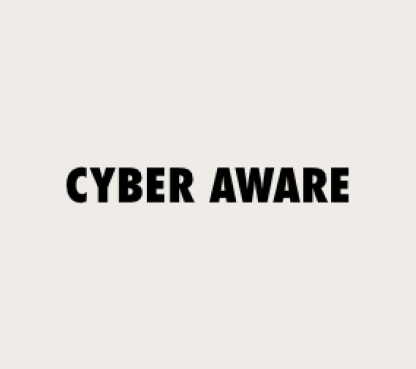What our clients say

“I was introduced to Rimon about 5 years ago and can happily say that we have had a win-win relationship since then. Every year we are able to expand on the prior year's work. I consider them a part of our core team and our ongoing success. It's great working with grant consultants who are honest and hard working. I recommend them every chance I get.”
Michael Jankie
PoweredLocal

“I have been working with Rimon for the past 3 years. I can truly recommend these guys without any hesitation. With Rimon you will get expert advice, out of the box thinking and most importantly you will feel like you are working with trustworthy professionals.”
PsyQuation

“I just wanted to say a big thanks to you and the team for our experience in completing our R&D Grant claim with Rimon over the last 2 years. It would be great if every business we worked with could have this level of care and customer support, it’s so rare. ”
Michaela Wessels
CEO. Style Arcade

“These guys are fantastic! I am a new client, and their knowledge, attentiveness, honesty, and respect is hard to find these days. The team was very supportive and happy to answer any question in an area I knew little about. If you are looking for a team to help with grants, these guys are your answer!”
Jonathan Horne
CyberAware

“Harry and I spoke with both Gary and Gidon and I have to say, I'm really impressed with how you guys operate. You are both clearly very knowledgeable, experienced and accommodating. Looking forward to building a strong partnership in the years to come.”
Jacob King Stanley
Studio Hawk

“I just wanted to express our thanks for the great work done by the Rimon team. We’ve been extremely impressed throughout the entire project by the levels of professionalism and service. We look forward to doing it again in 12 months time!”
Malcom Treanor
WINR
Ready to explore how we can help support your business growth?
Contact Rimon Advisory today at (02) 9696 1256 to discover how, with the right strategy and support, your business can unclock new financial resources.




